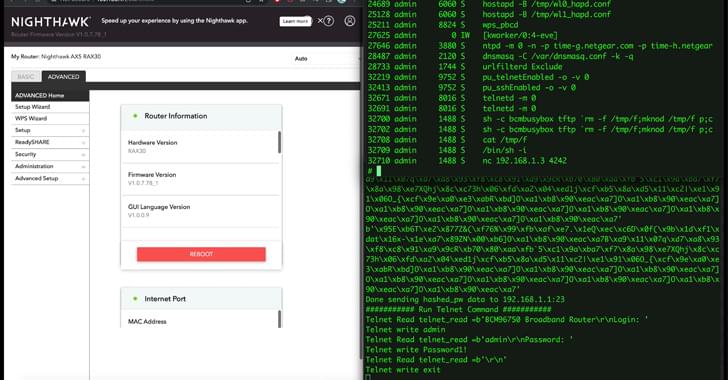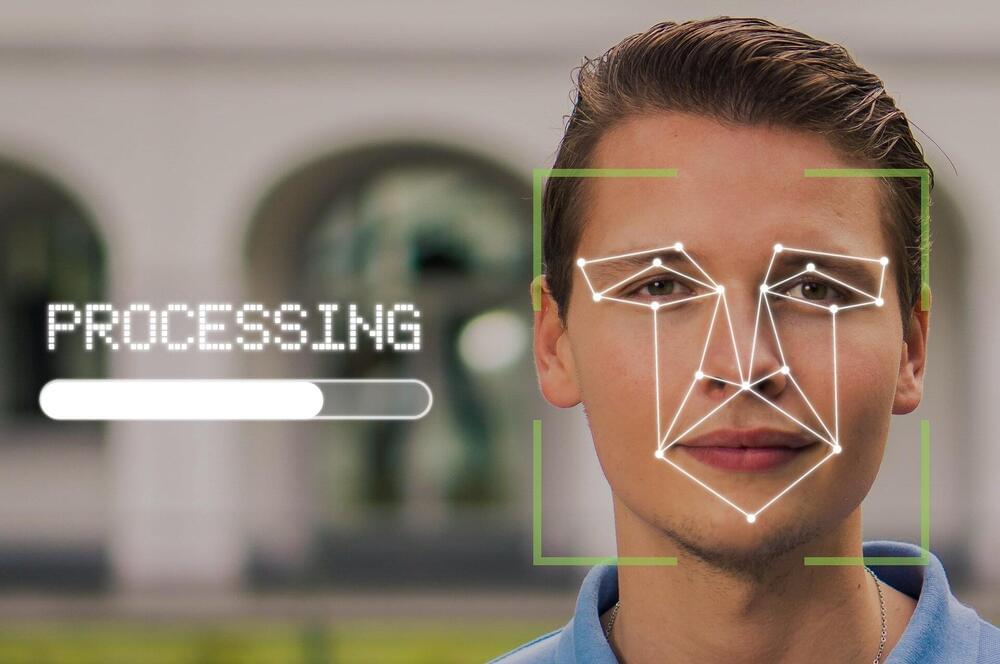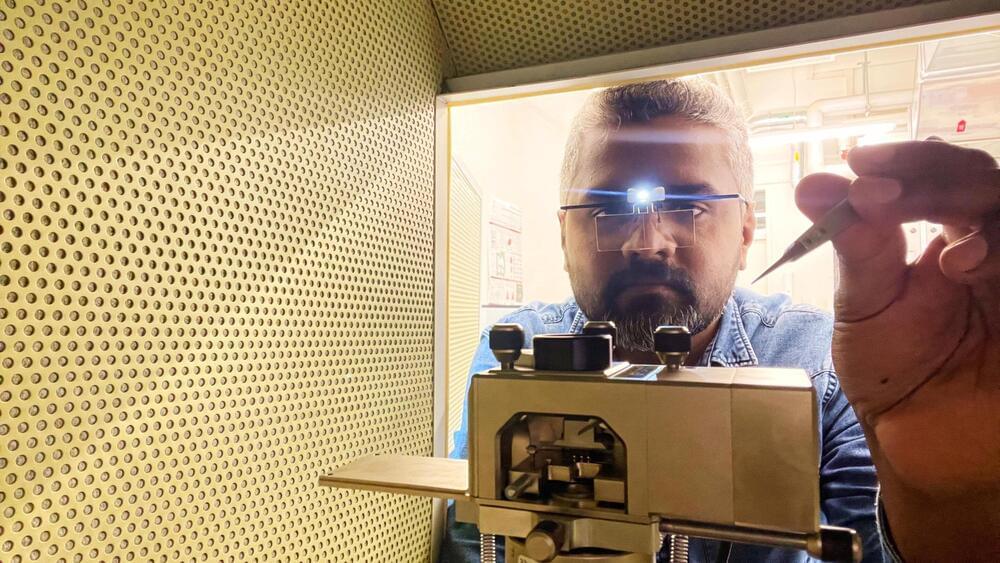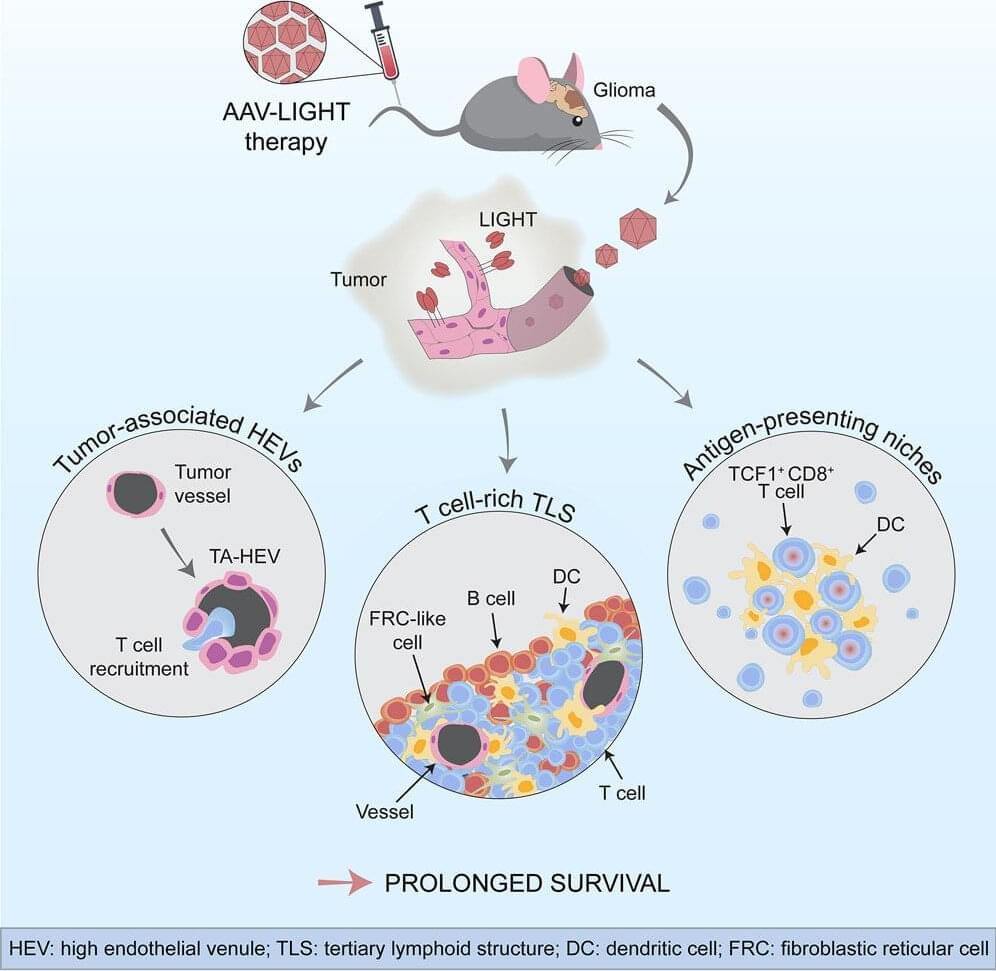Attention Netgear RAX30 users! Five new flaws revealed! Hackers could hijack your devices, tamper with settings, and control your smart home.



Two specialized researchers, one with the Leibniz-Institut für Wissensmedien (the Knowledge Media Research Center), the other with the Applied Face Cognition Lab at the University of Lausanne, have validated reports that some people have super-recognizing abilities. In their study, reported in Proceedings of the National Academy of Sciences, Maren Mayer and Meike Ramon analyzed data from eyewitnesses of ongoing bank robberies in Fribourg, Switzerland, helping to identify two suspects.
Anecdotal evidence and reports from multiple criminal tracking organizations have suggested that some people can recognize another person’s face with high accuracy after time has elapsed, even after seeing a face for just a few seconds. Such people have become known by police officials as super-recognizers (SRs). But as the researchers with this new effort noted, little if any research has sought to verify that self-described SRs or those described as such by others, do indeed have such abilities.
Mayer and Ramon were not actively seeking to test the skill of SRs. They were approached by officials from the Cantonal Criminal Police of Fribourg looking for help in solving robberies that had been captured on video.

The early detection and treatment of dementia such as Alzheimer’s is still one of the great challenges of modern medicine. It is already known that certain proteins in the cerebrospinal fluid can be used to diagnose Alzheimer’s disease. However, the current detection methods for such biomarkers by means of biochemical tests can only confirm and quantify the presence of such pathological proteins. No conclusions can be drawn about their original morphology of the proteins using biochemical assays, which holds information on disease stages.
However, such information if obtained directly in a label-free manner could allow conclusions to be drawn about the stage of the disease and evaluate the efficiency of a prescribed treatment. A team from the Transport at Nanoscale Interfaces Laboratory at Empa and the Department of Neurology at the Cantonal Hospital in St. Gallen has now used atomic force microscopy (AFM) to visualize the proteins that are indicative of Alzheimer’s disease under conditions that are as close to reality as possible. The researchers recently published their results in the journal Communications Biology.
With the new study, the researchers add another piece of the puzzle to their insights into Alzheimer’s development and diagnosis.

Researchers from Uppsala University have developed a method that helps immune cells exit from blood vessels into a tumor to kill cancer cells. The goal is to improve treatment of aggressive brain tumors. The study has been published in the journal Cancer Cell.
Glioblastoma is an aggressive brain tumor that lacks efficient treatment. This is in part due to the ability of the tumor to suppress or evade the body’s natural anti-cancer immune response. Immunotherapy, using checkpoint inhibitors, can reactivate the immune system against cancer. However, for this type of treatment to be effective, specific immune cells known as killer T cells must be present within the tumor.
Unfortunately, blood vessels in brain cancer are dysfunctional and act as a barrier, preventing killer T cells from reaching the tumor. As a result, this form of immunotherapy, which is effective against many forms of cancer, is ineffective against brain cancers.
Chandra X-ray Observatory Helps Astronomers Discover a Surprisingly Lonely Galaxy There is a surprisingly lonely galaxy about 9.2 billion light-years from Earth.

Year 2020 face_with_colon_three
A trio of theoretical physicists at the Pennsylvania State University has calculated the upper limit for the possible quantization of time—they suggest 10−33 seconds as the upper limit for the period of a universal oscillator. In their paper published in the journal Physical Review Letters, Garrett Wendel, Luis Martínez and Martin Bojowald outline their theory and suggest a possible way to prove it.
For many years, theoretical physicists have been trying to explain a major problem—the general theory of relativity suggests that time is a continuous quantity, one that can move slower or faster depending on acceleration and gravity conditions. But quantum mechanics theories suggest that time ticks away at a steady pace, like the frames of a movie being played out. In this scenario, time must be universal. For both theories to be right, this contradiction must be explained in a rational way.
Some theorists have suggested that one possible explanation for the apparent discrepancy is that time can be quantized as spacetime, similar to theories describing quantum gravity. In such a scenario, spacetime is not described as continuous, but is instead divided into smaller units, which would by necessity have to correspond to the Planck length. This is, of course, far too small to be detectable. The theory would also require that such discrete packets of time would each expire. This scenario suggests there would need to be a universal clock that ticks away at a very small unit of time. And under this scenario, universal time would exist throughout the universe and also interact with matter. It also raises the question of how fast would such a clock tick.
THE COMPLETE TEGMARK MULTIVERSE — EXPLAINED! Join us… and find out more!
Subscribe: https://wmojo.com/unveiled-subscribe.
In this video, Unveiled takes a closer look at the Tegmark Multiverse! Created by the renowned physicist, Max Tegmark, there are four levels to fully explain reality… and it is a truly spectacular journey as we travel through all of them!
This is Unveiled, giving you incredible answers to extraordinary questions!
Find more amazing videos for your curiosity here:
6 Scientific Breakthroughs Predicted During Your Lifetime — https://youtu.be/wGKj-3AfxdE
What If Humanity Was a Kardashev Civilization? — https://youtu.be/omScpI80PCo.
0:00 Intro.

At a conference at New York University in March, philosopher Raphaël Millière of Columbia University offered yet another jaw-dropping example of what LLMs can do. The models had already demonstrated the ability to write computer code, which is impressive but not too surprising because there is so much code out there on the Internet to mimic. Millière went a step further and showed that GPT can execute code, too, however. The philosopher typed in a program to calculate the 83rd number in the Fibonacci sequence. “It’s multistep reasoning of a very high degree,” he says. And the bot nailed it. When Millière asked directly for the 83rd Fibonacci number, however, GPT got it wrong: this suggests the system wasn’t just parroting the Internet. Rather it was performing its own calculations to reach the correct answer.
Although an LLM runs on a computer, it is not itself a computer. It lacks essential computational elements, such as working memory. In a tacit acknowledgement that GPT on its own should not be able to run code, its inventor, the tech company OpenAI, has since introduced a specialized plug-in—a tool ChatGPT can use when answering a query—that allows it to do so. But that plug-in was not used in Millière’s demonstration. Instead he hypothesizes that the machine improvised a memory by harnessing its mechanisms for interpreting words according to their context—a situation similar to how nature repurposes existing capacities for new functions.
This impromptu ability demonstrates that LLMs develop an internal complexity that goes well beyond a shallow statistical analysis. Researchers are finding that these systems seem to achieve genuine understanding of what they have learned. In one study presented last week at the International Conference on Learning Representations (ICLR), doctoral student Kenneth Li of Harvard University and his AI researcher colleagues—Aspen K. Hopkins of the Massachusetts Institute of Technology, David Bau of Northeastern University, and Fernanda Viégas, Hanspeter Pfister and Martin Wattenberg, all at Harvard—spun up their own smaller copy of the GPT neural network so they could study its inner workings. They trained it on millions of matches of the board game Othello by feeding in long sequences of moves in text form. Their model became a nearly perfect player.
Proponents of Direct Fusion Drive (DFD) propulsion system say the drive could send us to Saturn’s moon, Titan, in just 2 years. Here’s how it works.
‘Star Trek: Picard’ is set 400 years in the future, but, like most science fiction, it deals with issues in the here and now. The show’s third and final season provides a lens on cybersecurity.